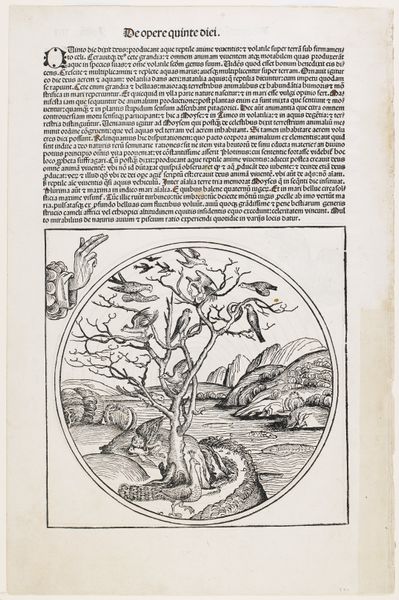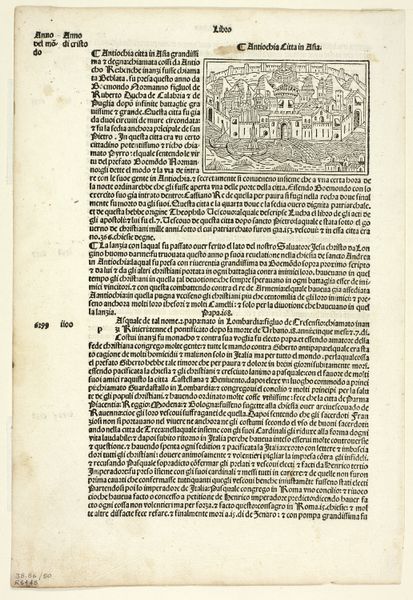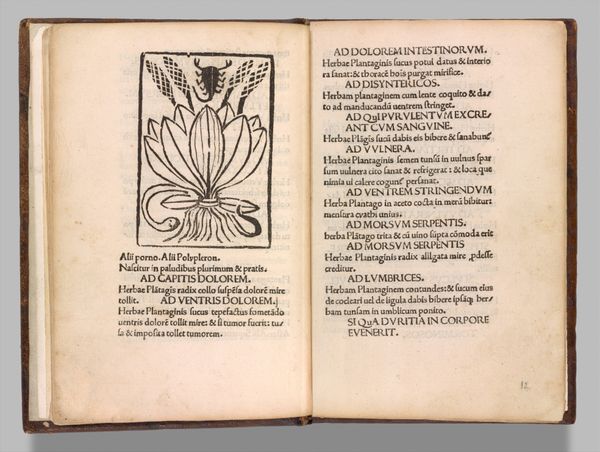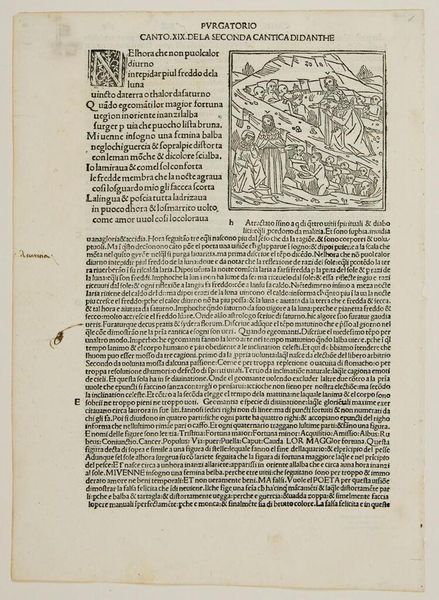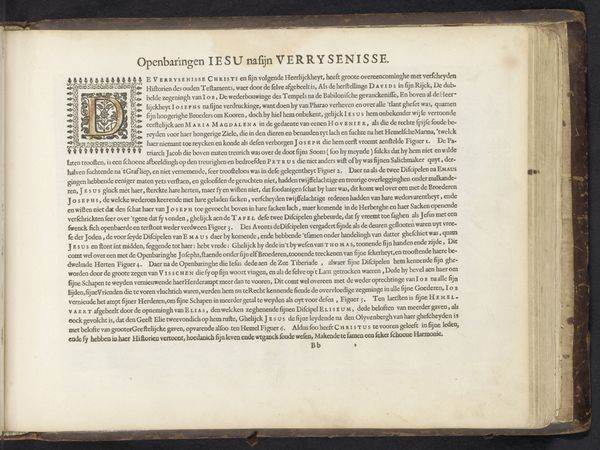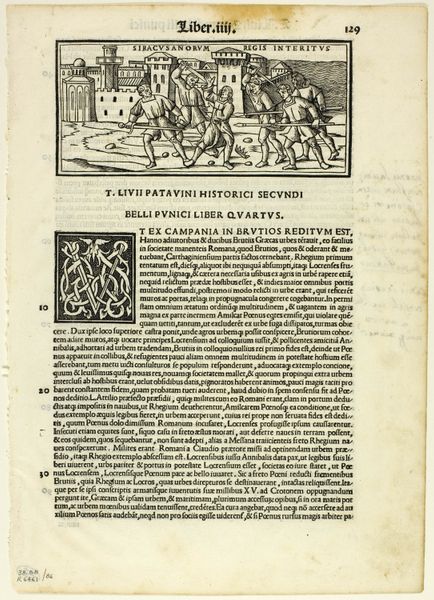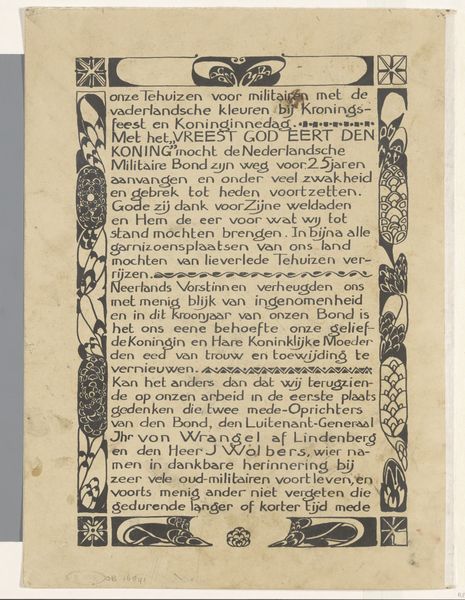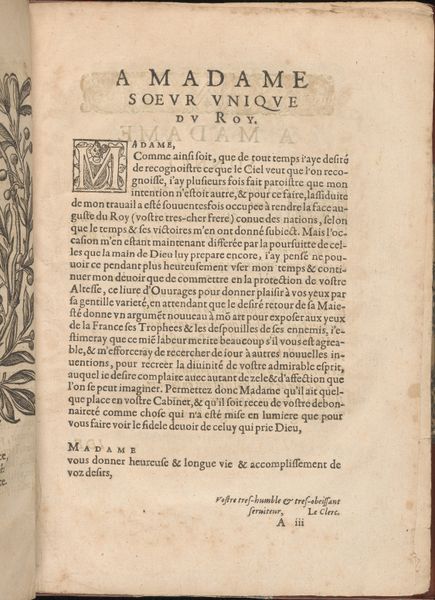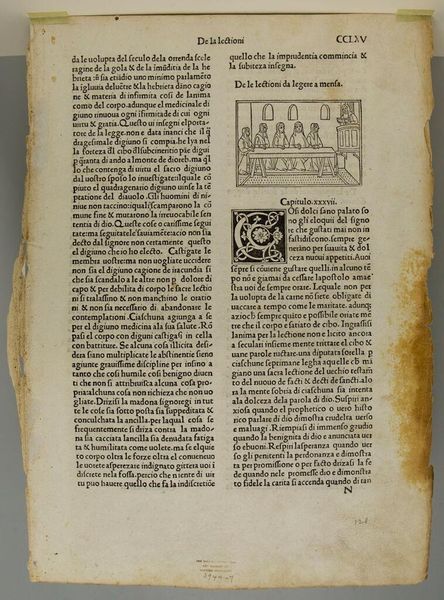
Leaf from New Kreuterbuch by Hieronymus Bock, plate 98 from Woodcuts from Books of the XVI Century c. 1580 - 1937
0:00
0:00
drawing, print, paper, woodblock-print, woodcut
#
drawing
#
medieval
# print
#
paper
#
woodblock-print
#
woodcut
#
watercolour illustration
#
northern-renaissance
Dimensions: 144 × 68 mm (image); 257 × 161 mm (image/te×t); 319 × 214 mm (sheet)
Copyright: Public Domain
Editor: This woodcut, "Leaf from New Kreuterbuch" by Hieronymus Bock, combines artwork and text to showcase botanical specimens. It was printed around 1580 but this particular example dates to 1937. It feels like more than just a picture; it's almost like a historical document. How do you interpret this work beyond its apparent scientific intention? Curator: Absolutely. It's crucial to look at these “herbals” like Bock’s not merely as objective guides, but as cultural artifacts. This image, like many of its time, exists within a complex web of knowledge, power, and social structures. It’s both a product and a shaper of early scientific thought, isn’t it? Editor: It is. So, what aspects of those power structures are revealed through an image like this? Curator: Well, consider the context: the Renaissance witnessed a renewed interest in classical texts and a growing emphasis on empirical observation, but this knowledge wasn't uniformly distributed. These books, while aiming to disseminate information about plants and their medicinal uses, were largely accessible only to an elite, literate audience. The woodcut aesthetic, and even the specific plants chosen for inclusion, reflect particular social and economic priorities, especially within a developing capitalistic economy. How might understanding the plant's uses in the context of healing or trade inform our understanding? Editor: That's a good point! Thinking about the book’s original audience and the knowledge it imparted helps understand its place in history. The link between science, art, and social structures becomes clear. Curator: Exactly! And what do you think the visual representation— the northern-renaissance style woodcut– tells us about cultural biases of the time? Do those aesthetics influence our reading of it? Editor: It is beautiful in some ways, yet maybe too ornate in others for scientific use. Curator: Precisely! And consider how such images, circulated through print, shaped European perceptions of the natural world, contributing to colonial projects. The project to classify knowledge intersects, perhaps violently, with a project of extraction and power? Editor: This really makes me rethink the way I see scientific illustrations. I never considered the role of art and power, but it is an important part of interpreting cultural works!
Comments
No comments
Be the first to comment and join the conversation on the ultimate creative platform.
